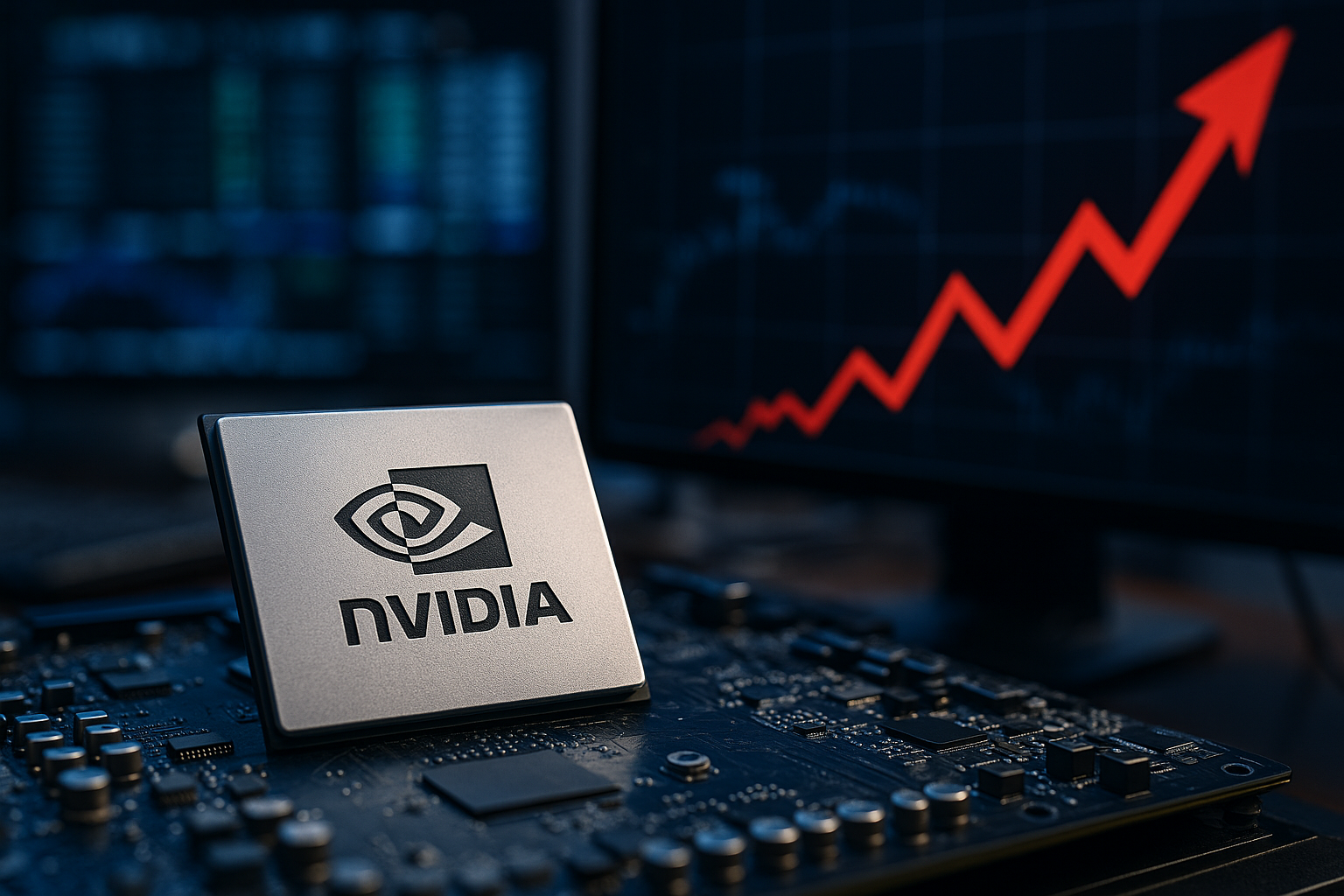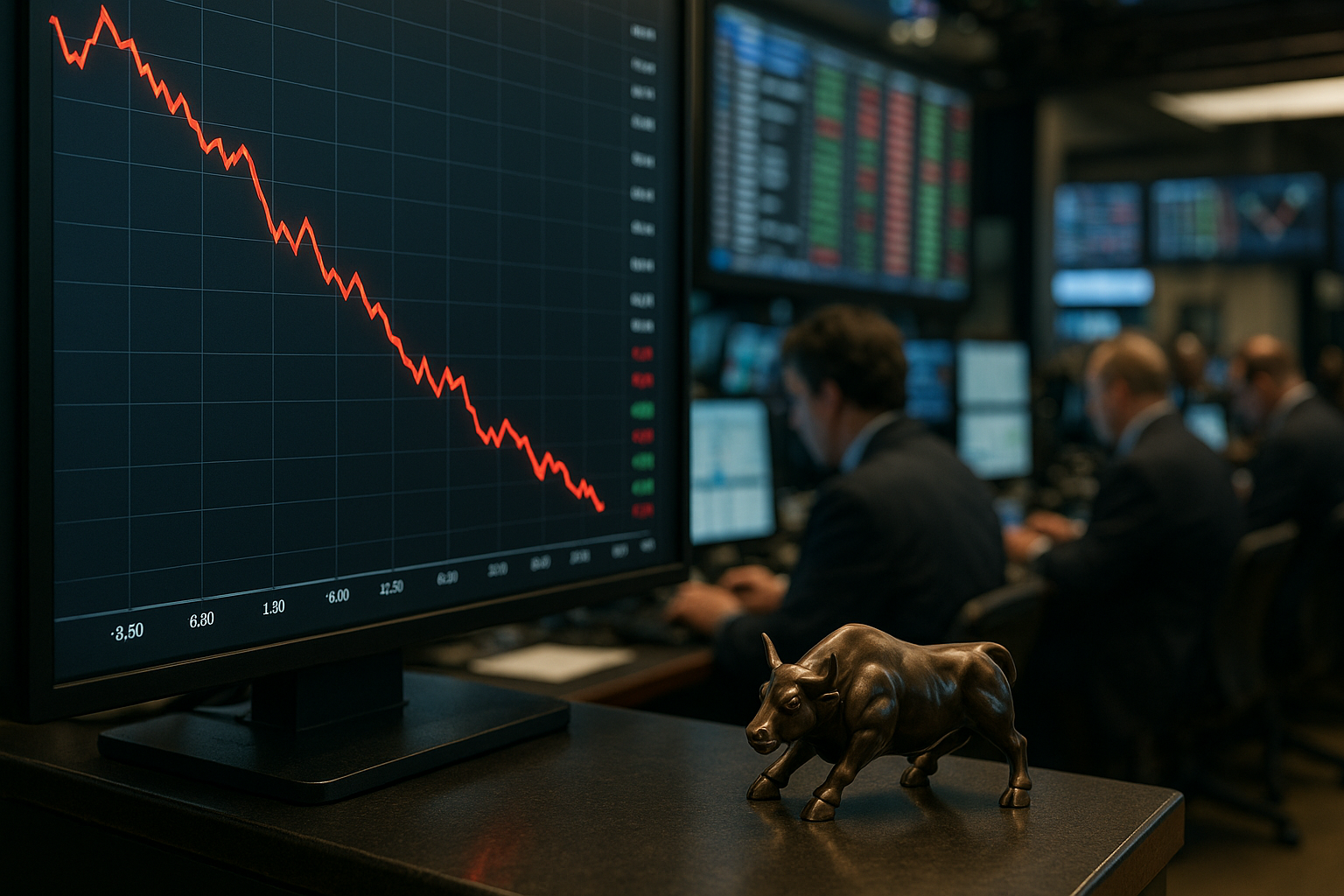In an era where financial markets are being reshaped by technology and accessibility, Bruce Markets’ latest funding round signals a seismic shift that investors should not ignore. The Chicago-based fintech startup has secured strategic investment from a powerhouse lineup—Fidelity, Nasdaq Ventures, Robinhood, Webull, tastytrade, NB Investment Securities, and PEAK6—aiming to expand its “Bruce ATS™” platform, which recently received regulatory approval for 24-hour equity trading.
As trading hours blur and retail access expands globally, this move reflects more than just another capital raise—it marks a pivotal step toward a more continuous and democratized financial market structure.
Why 24-Hour Trading Is Gaining Momentum
Historically, U.S. equity markets have operated on a 9:30 AM to 4:00 PM Eastern Time schedule, with limited after-hours trading. But the appetite for around-the-clock trading has surged in recent years, driven by:
- The global nature of today’s investor base
- Increased demand for real-time access amid geopolitical and economic volatility
- The rise of retail investing, where users expect instant access akin to crypto markets
Bruce Markets appears poised to be a frontrunner in this evolution. With its regulatory green light from FINRA and the U.S. Securities and Exchange Commission (SEC), Bruce ATS becomes one of the few platforms authorized to operate 24-hour trading, five days a week.
“This is the next phase in the transformation of U.S. equity markets,” said an analyst at Morningstar. “Overnight trading will eventually become table stakes for brokerages.”
Who’s Betting on the Overnight Shift?
The caliber of Bruce Markets’ backers underscores the industry’s bullish outlook on fintech infrastructure:
- Fidelity Investments, one of the largest asset managers in the world, is known for aligning early with innovative market platforms.
- Nasdaq Ventures, the strategic investment arm of Nasdaq, brings institutional support and credibility.
- Robinhood and Webull, both pioneers in zero-commission and mobile-first trading, understand the value of seamless, real-time user experiences.
- PEAK6 and tastytrade add expertise in derivatives and trading technology.
The strategic investment—whose total dollar value remains undisclosed—is not just financial support; it’s a partnership web with deep distribution, product integration potential, and validation across the brokerage spectrum.
Why This Matters for Investors
The rise of 24/5 equity trading has implications far beyond market convenience. It could:
- Redefine liquidity dynamics, particularly in response to breaking news after regular trading hours.
- Create new trading strategies, especially for quant and high-frequency firms that thrive in volatile micro-windows.
- Intensify competition among broker-dealers to offer round-the-clock access as standard.
For investors, this means a coming wave of innovation in trading platforms, data analytics, and order routing systems—all areas that could see increased M&A activity, venture capital interest, and public market traction.
Future Trends to Watch
- Adoption Rate Among Retail and Institutional Investors
Early adoption will determine viability. Platforms like Robinhood and Webull could lead the retail charge, while institutional adoption may hinge on volume and depth of liquidity during overnight hours. - Regulatory Developments
The SEC’s position on market transparency, fairness, and the systemic risks of 24/5 trading will evolve. Investors should monitor changes in regulatory language and any proposed rule adjustments. - Tech Stack Upgrades by Brokerages
Expect a surge in spending on trading infrastructure, including low-latency systems, AI-based risk monitoring, and cross-time-zone data services. - Integration with Global Market Movements
The ability to trade during Asia or Europe’s active windows could bridge U.S. equities more directly with global sentiment.
Key Investment Insight
Investors should explore opportunities in companies enabling this shift—especially alternative trading systems (ATS), trading infrastructure providers, API-based brokers, and liquidity aggregators. Public firms like Virtu Financial (VIRT), MarketAxess (MKTX), or even tech vendors like NICE Ltd (NICE) may benefit. For private markets, watch for funding trends in next-gen fintech startups targeting overnight liquidity and mobile trading UX.
Thematic ETFs focused on fintech innovation or financial infrastructure—such as ARKF (ARK Fintech Innovation ETF) or FNTC (Global X FinTech ETF)—may offer diversified exposure.
Stay ahead of market-moving innovation. Follow MoneyNews.Today for daily investor intelligence that cuts through the noise and gets straight to the signal.





